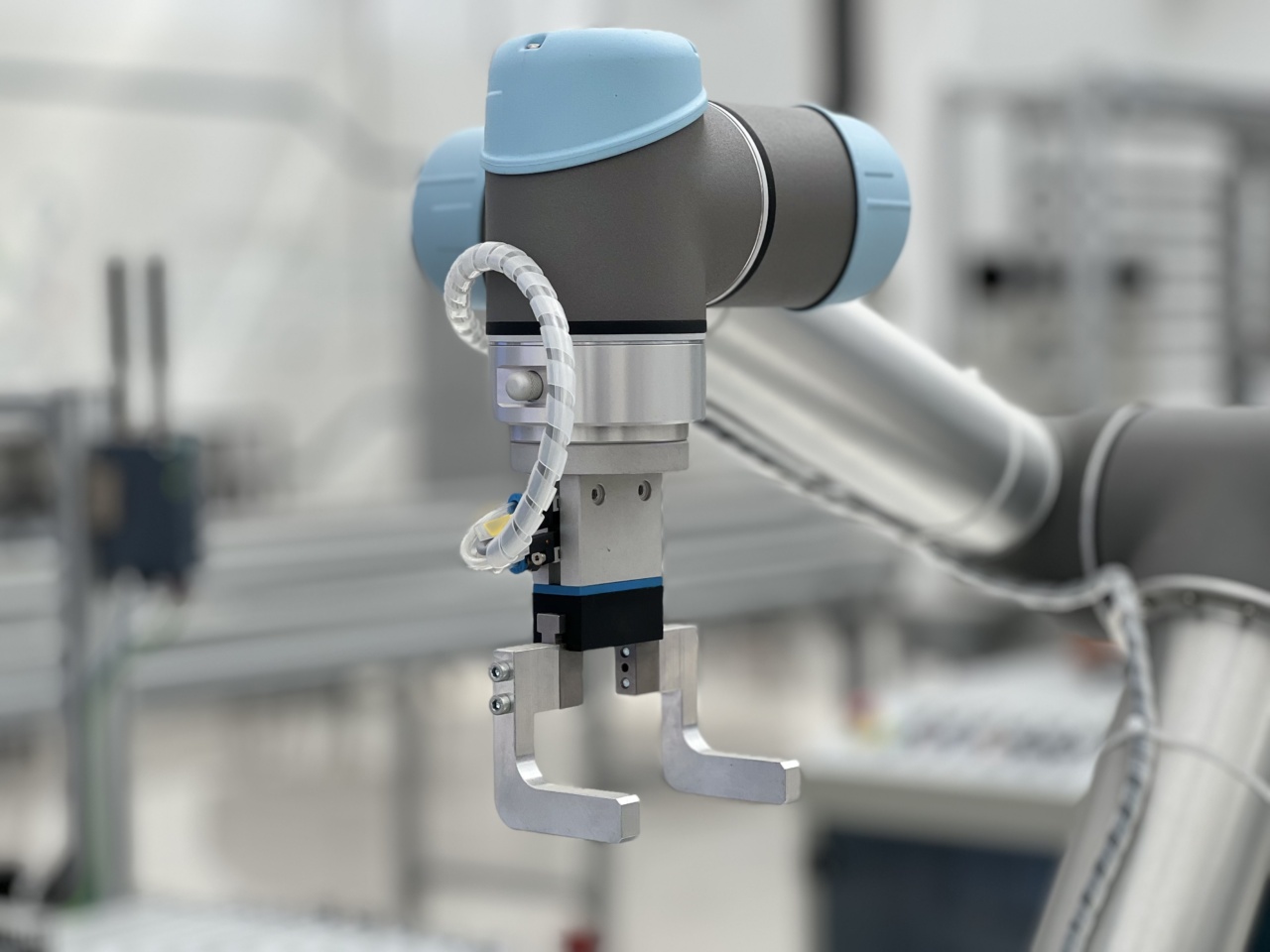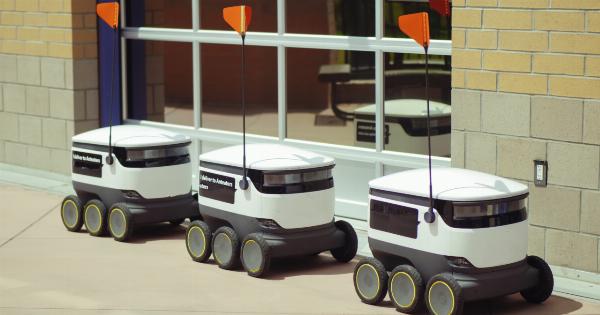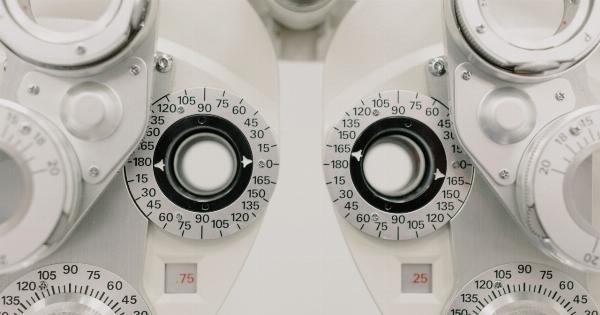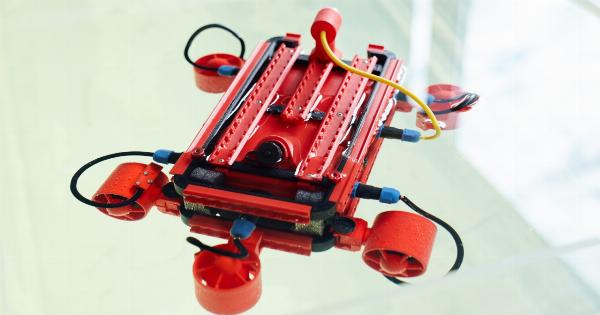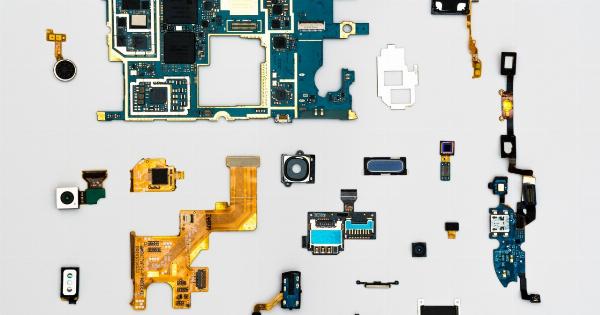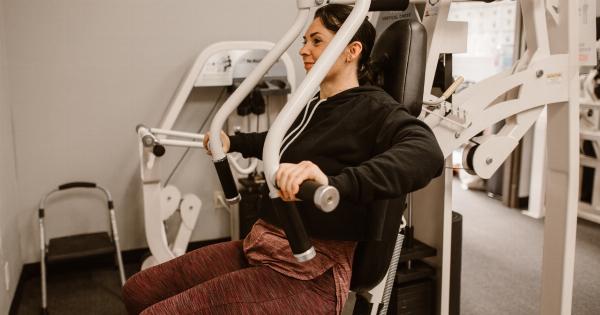Robotic surgeries have revolutionized modern medicine and provided advanced levels of precision and accuracy in surgical procedures.
The market for robotic surgery grew exponentially over the last two decades, with over 1.7 million procedures performed worldwide in 2017. The use of robots in surgery has a list of advantages, such as a reduced risk of complications, shorter recovery time and smaller incisions.
However, there are limitations to the use of robotic surgeries that patients and physicians must be aware of before choosing this type of procedure.
The High Cost of Robotic Surgery
One of the primary limitations of robotic surgeries is their cost. When compared to traditional surgeries, robotic surgeries can cost up to 60% more.
The high cost of robotic surgeries is not only due to the expensive equipment and maintenance needed but also because of the training and certification required by physicians and medical staff. This cost is often transferred to the patient, who may have to pay additional out-of-pocket expenses or have limited insurance coverage.
Limited Availability of Robotic Surgical Systems
Another limitation is the limited availability of robotic surgical systems. These systems require installation, maintenance, and repair by technicians who are trained and certified in their use.
Therefore, robotic surgical systems may only be available in larger hospitals or medical centers. This often means that patients who live in rural or remote areas may have difficulty accessing these services.
Technological Limitations
While robotics offer several advantages during surgery, there are also technological limitations that come with robotic surgeries.
Some of these limitations include the fact that robotic arms lack the ability to sense pressure and have less dexterity than the human hand. This means that surgeons cannot get a sense of touch or have the same level of control during procedures which can be critical in certain types of surgery.
Additionally, surgeons often have to use a console located a few feet away from the patient. This can limit the ability to see the surgical site and other areas surrounding the procedure that may require attention.
Surgeons also need to rely heavily on the assistants who manipulate the robotic arms correctly, leading to a lack of direct control.
Robotic Surgery is not Suitable for all Patients
Robotic surgery is not suitable for all patients. Patients that have had previous surgeries, obese patients, or overweight patients are often not good candidates for robotic surgery.
Additionally, some medical conditions such as those with significant cardiac or pulmonary issues make it highly risky to perform surgical procedures through robotic means. In these cases, surgeons perform traditional open surgeries or minimally invasive laparoscopic surgeries.
Limited Scope of Procedures
Robotic surgeries are not suitable for all types of surgical procedures. While it is suitable for many procedures, it is limited when it comes to procedures such as hip and knee replacements.
This is due to the robotic system’s inability to anchor or stabilize implants.
Human Errors
While the limitation of the robot technology might seem like a significant drawback, there are other human-related factors associated with robotic surgeries that contribute to its limitations.
Surgeon inexperience and technician errors can result in longer-than-necessary surgeries and higher patient dissatisfaction rates. Also, the accuracy of the robot is heavily dependent on the experience and training of the surgeon and the technician.
It is crucial for surgeons to receive thorough training and have ample experience before using the robotic system in a surgical procedure.
Longer Set Up Times
Robotic surgery setup times are longer than the setup times required for traditional surgeries. This can be due to the need for calibration and the time required to prepare the patient for surgery.
These times also include the time needed to place the robot system’s arms and cameras, which can be time-consuming and frustrating for the patient and medical staff.
Conclusion
Robotic surgeries are an exciting development in modern medicine that come with many advantages. However, there are limitations to their use that physicians, patients, and medical establishments must be aware of before choosing robotic surgery.
The cost of the equipment and its maintenance, limited availability of robotic surgical systems, technological limitations, and limited scope of procedures make it essential to evaluate which surgical procedure is best for a patient’s individual needs. Additionally, surgeon inexperience, technician errors, and the prolonged setup times can also contribute to its limitations. Ultimately, robotic surgery should only be used where it provides the greatest benefit to the patient.
